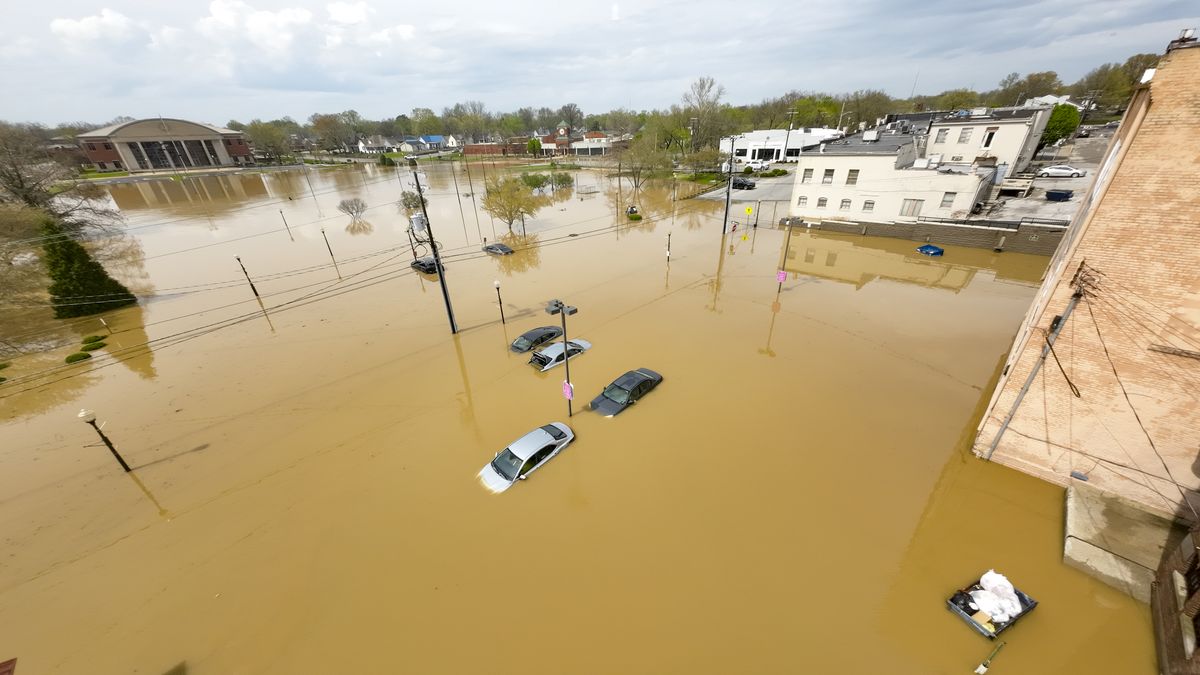Now Reading: Report Links April’s Catastrophic Floods to Worsening Climate Change
-
01
Report Links April’s Catastrophic Floods to Worsening Climate Change
Report Links April’s Catastrophic Floods to Worsening Climate Change

Quick Summary:
- Severe flooding and tornadoes struck multiple U.S. states from April 2 to April 6, affecting Tennessee, Arkansas, Kentucky, and other areas in the southern Midwest and southeastern U.S.
- The floods claimed at least 15 lives while concurrent tornado outbreaks killed nine people.
- A report by World Weather Attribution (WWA) found that human-caused climate change increased the likelihood of such floods by approximately 40% and their intensity by around 9%.
- Extreme rainfall patterns were influenced by stalled air pressure systems and moisture from the Gulf of Mexico due to rising sea surface temperatures caused by global warming.
- Scientists estimate that similar flooding events could have been rarer if average global temperatures were cooler by about 2.3°F (1.3°C).
- Current climatic conditions make extreme rainfall events two to five times more likely compared to pre-industrial levels, with intensities increased between 13% to 26%.
- The research highlights challenges in accurately quantifying climate impacts on specific weather phenomena due to differing climate models.
- Earth continues to surpass international warming goals set under the Paris agreement with predictions of a potential increase of up to 4.7°F (2.6°C) in global temperature by century’s end.
!Severe flooding in Hopkinsville
Image credit: Jason Davis/Stringer via Getty Images
Indian Opinion Analysis:
The findings of this report underscore a globally relevant trend-a rising frequency of extreme weather events linked directly to human-induced climate change. For India, which experiences significant annual monsoon rains and has historically battled catastrophic floods-especially in states like Assam or Kerala-these insights are notably significant.
Increased moisture availability due to higher sea surface temperatures mirrors patterns observed over the Indian Ocean during recent monsoonal shifts noted in scientific studies. This amplifies risks for India’s densely populated regions were infrastructure may struggle against intensified storms paired with poor drainage systems.
The broader implications highlight India’s dual challenge: adhering effectively to carbon reduction targets such as those outlined under Paris Agreement commitments while investing heavily in adaptive disaster management frameworks nationwide. Recognizing these risks will be critical as policymakers factor cumulative effects like agriculture losses or displacement into future strategies.
























